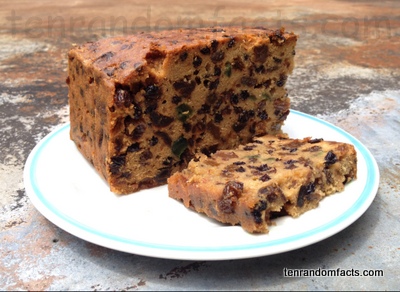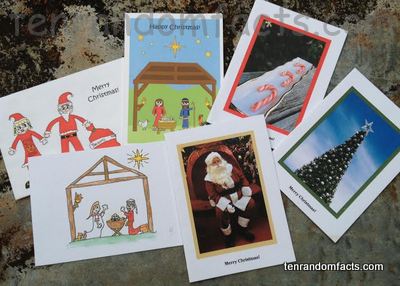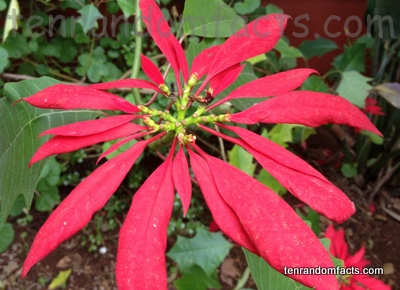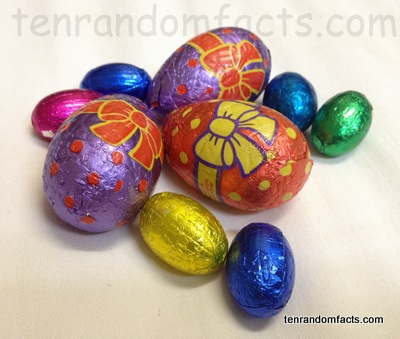
Fruitcake may sound healthy… But it has lots of sugar!
- Fruitcake is typically made of dried and/or candied fruit, with added spices, flour, sugar, egg, butter, and often nuts.
- ‘Fruitcake’ is also known as ‘fruit cake’, ‘Christmas cake’ and ‘black cake’.
- Fruitcake is a cake that is commonly eaten during the Christmas season or at weddings, and sometimes at other occasions including special anniversaries.
- Fruitcake, in some countries, is covered with icing, or marzipan, or eaten with cream or similar, while many countries eat it plain.
- Fruitcake started to become popular during Ancient Rome, where preserved fruit was made into a cake with other ingredients.
- Many countries of the Commonwealth cook dark brown coloured fruit cakes, known as ‘traditional fruit cakes’, that emphasize the use of nuts and fruit, and light fruit cakes are sometimes baked in these and other countries.
- Some Christmas cake recipes use alcohol, like rum, brandy or whiskey, to enhance the flavour and extend the shelf-life of the cake.
- Fruitcake has been used as a tossing item in competitions, particularly in the tossing tournament in the US’s Colorado.
- Once candied fruit was being produced in the 1500s, fruit cake became more common and cheaper.
- Fruitcake can be preserved for over 20 years with the use of alcohol, even without refrigeration, and has been used by soldiers due to its long shelf life.
Bibliography:
Douglas J, Ultimate Guide to Fruitcake, 2013, TLC, http://recipes.howstuffworks.com/menus/fruitcake1.htm
Fruitcake, 2013, Wikipedia, http://en.wikipedia.org/wiki/Fruitcake



















